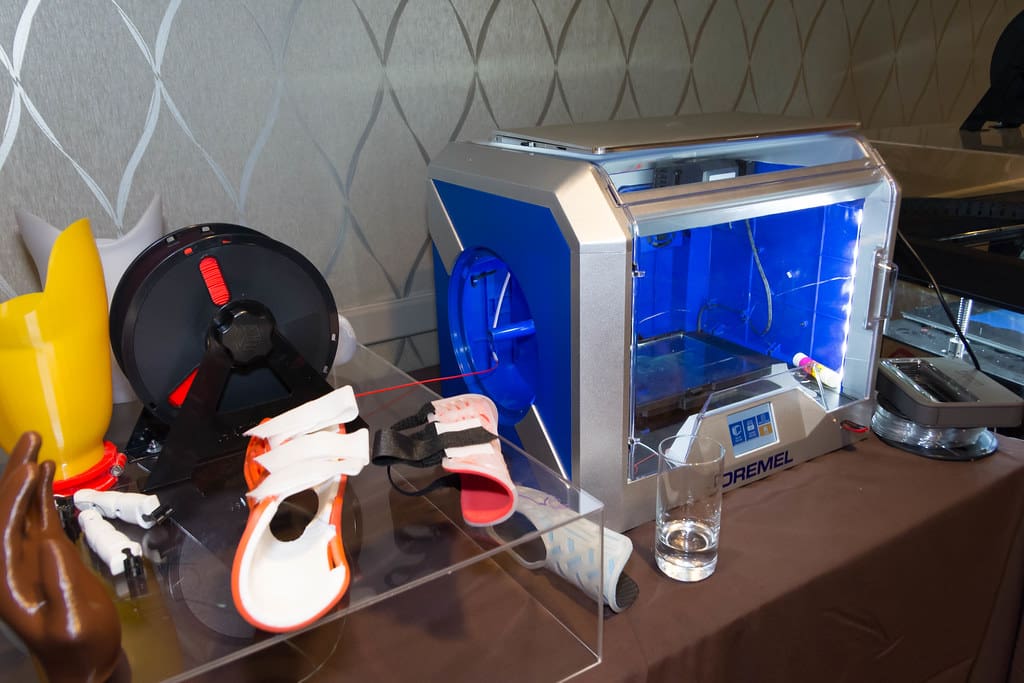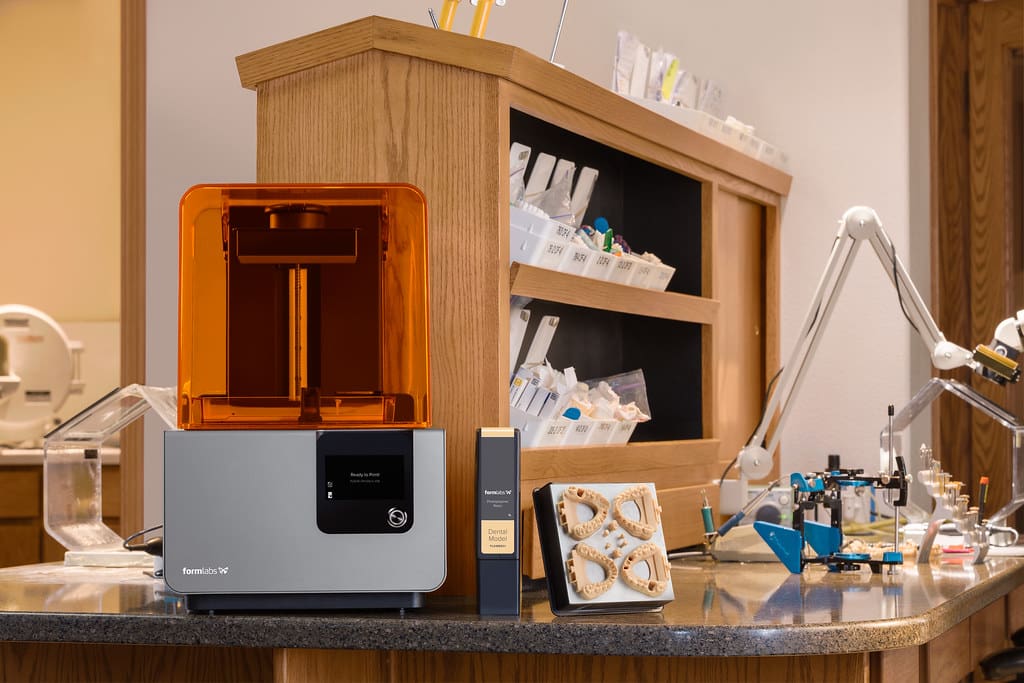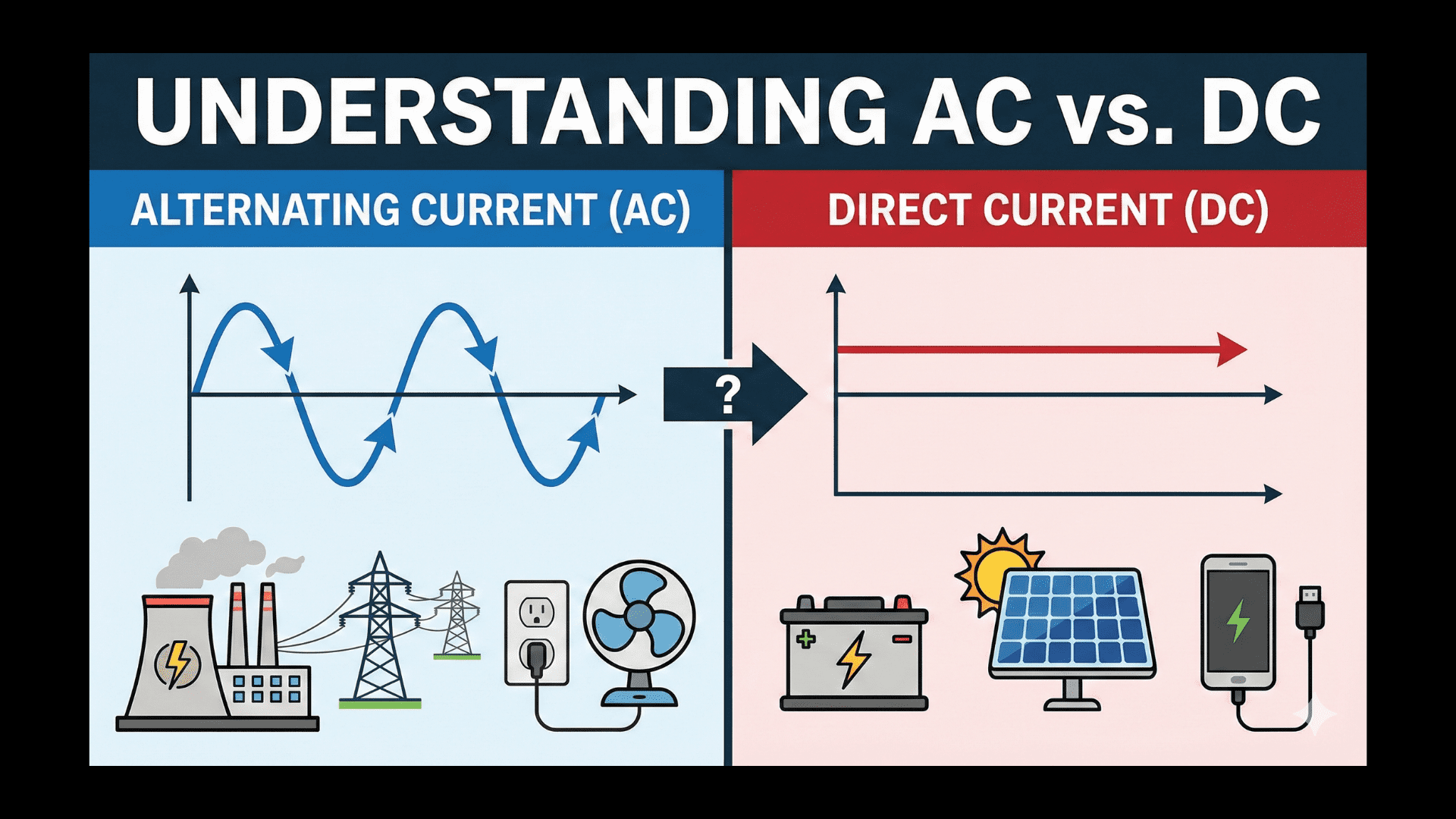Rehabilitation engineering is a specialized field focused on developing technological solutions to enhance the independence and quality of life for individuals with disabilities. This field intersects various aspects of engineering and healthcare to create, modify, and apply rehabilitative and assistive technologies. The adoption of 3D printing technology in rehabilitation engineering has revolutionized the creation and customization of assistive devices, prosthetics, orthotics, and therapeutic aids, offering tailored solutions that significantly improve the effectiveness of rehabilitation practices.
The Emergence of 3D Printing in Rehabilitation Engineering
Initially used for prototyping across engineering disciplines, 3D printing has increasingly become integral to rehabilitation engineering. Its ability to produce customized, complex, and lightweight designs is particularly advantageous for creating devices tailored to the unique anatomical and functional requirements of individuals. As 3D printing technologies have advanced, they have enabled the production of items that are both cost-effective and high in quality, facilitating widespread application in clinical and home settings.

Advantages of 3D Printing in Rehabilitation Engineering
Customization and Personalization: 3D printing allows for the development of rehabilitation devices that are custom-fitted to the patient’s specific dimensions, improving comfort and functionality. This personalization is crucial for devices that need to interface closely with the body, such as prosthetics and orthotics.
Rapid Prototyping: The technology enables quick turnaround times for creating and testing rehabilitation devices. Engineers can iterate designs based on user feedback, improving the device’s effectiveness and user satisfaction.
Complex Geometries: With 3D printing, it is possible to create complex geometries that traditional manufacturing methods cannot achieve easily. This capability is especially useful for developing intricate supportive structures that mimic the body’s natural movements.
Cost-Effectiveness: For unique or low-volume productions, 3D printing is more cost-effective than traditional manufacturing, making it ideal for producing bespoke rehabilitation devices without the need for expensive tooling or molds.
Key Applications of 3D Printing in Rehabilitation Engineering
Prosthetic Limbs: 3D printing is used to create personalized prosthetic limbs that are lightweight and tailored to fit the precise measurements of the user, enhancing mobility and comfort.
Orthotic Devices: Custom orthotics help in correcting skeletal alignments and improving gait. 3D printed orthotics are designed to match perfectly with an individual’s anatomy, providing superior support and pain relief.
Wheelchair Modifications: Custom components for wheelchairs, such as tailored seats, backrests, and other adaptive accessories, can be 3D printed to improve posture control and reduce the risk of pressure sores.
Adaptive Aids: From customized grips that help individuals with limited hand function to adapt tools for better accessibility, 3D printing allows for the creation of numerous adaptive aids that cater to the diverse needs of individuals with disabilities.

Challenges in 3D Printing for Rehabilitation Engineering
Material Durability and Strength: Ensuring that 3D printed devices are durable and can withstand repeated use without failure is critical, especially for items that bear weight or are used daily.
Biocompatibility and Comfort: Materials used in 3D printing must be biocompatible, non-irritating, and comfortable against the skin, especially for devices worn for extended periods.
Regulatory and Compliance Issues: Medical devices, including those used for rehabilitation, must comply with stringent regulatory standards to ensure safety and efficacy. Navigating these regulations can be complex for newly developed 3D printed devices.
Technical Expertise: Proficiency in both rehabilitation engineering and 3D printing technology is required to design effective and innovative devices. This multidisciplinary knowledge is essential but not always readily available.
Future Directions in 3D Printing for Rehabilitation Engineering
The future of 3D printing in rehabilitation engineering holds promising advancements, with ongoing research aimed at overcoming existing challenges and enhancing the technology’s capabilities. Innovations in material science, multi-material printing, and adaptive design algorithms are expected to lead to more sophisticated, durable, and user-friendly rehabilitation devices.
3D printing is transforming rehabilitation engineering by providing customized solutions that significantly improve the recovery processes and daily lives of individuals with disabilities. As the technology continues to evolve, it promises to further enhance the design and functionality of rehabilitative devices, making personalized care more accessible and effective. This integration not only underscores the importance of tailored healthcare solutions but also highlights the potential for 3D printing to revolutionize medical treatments and patient care.








